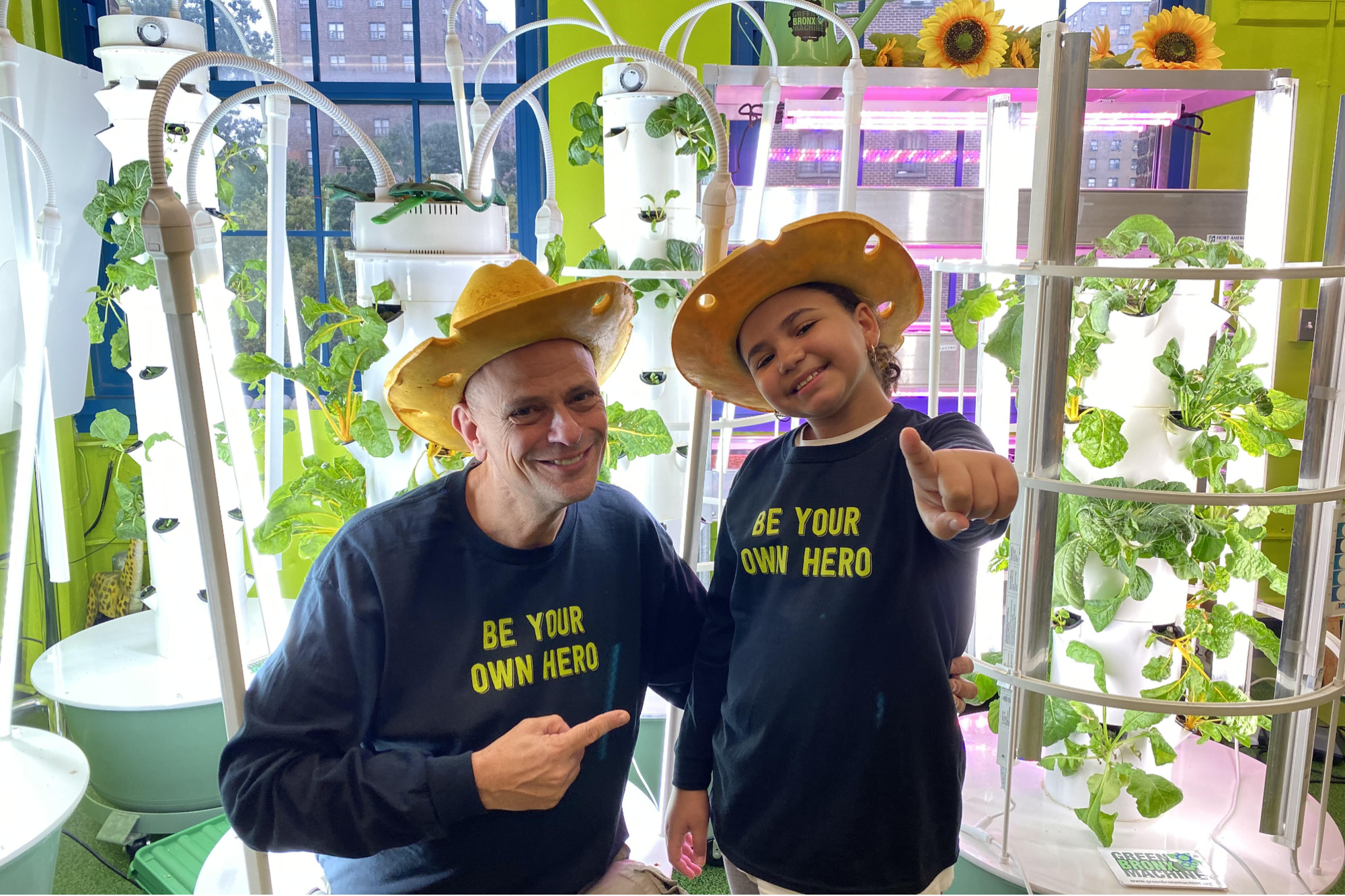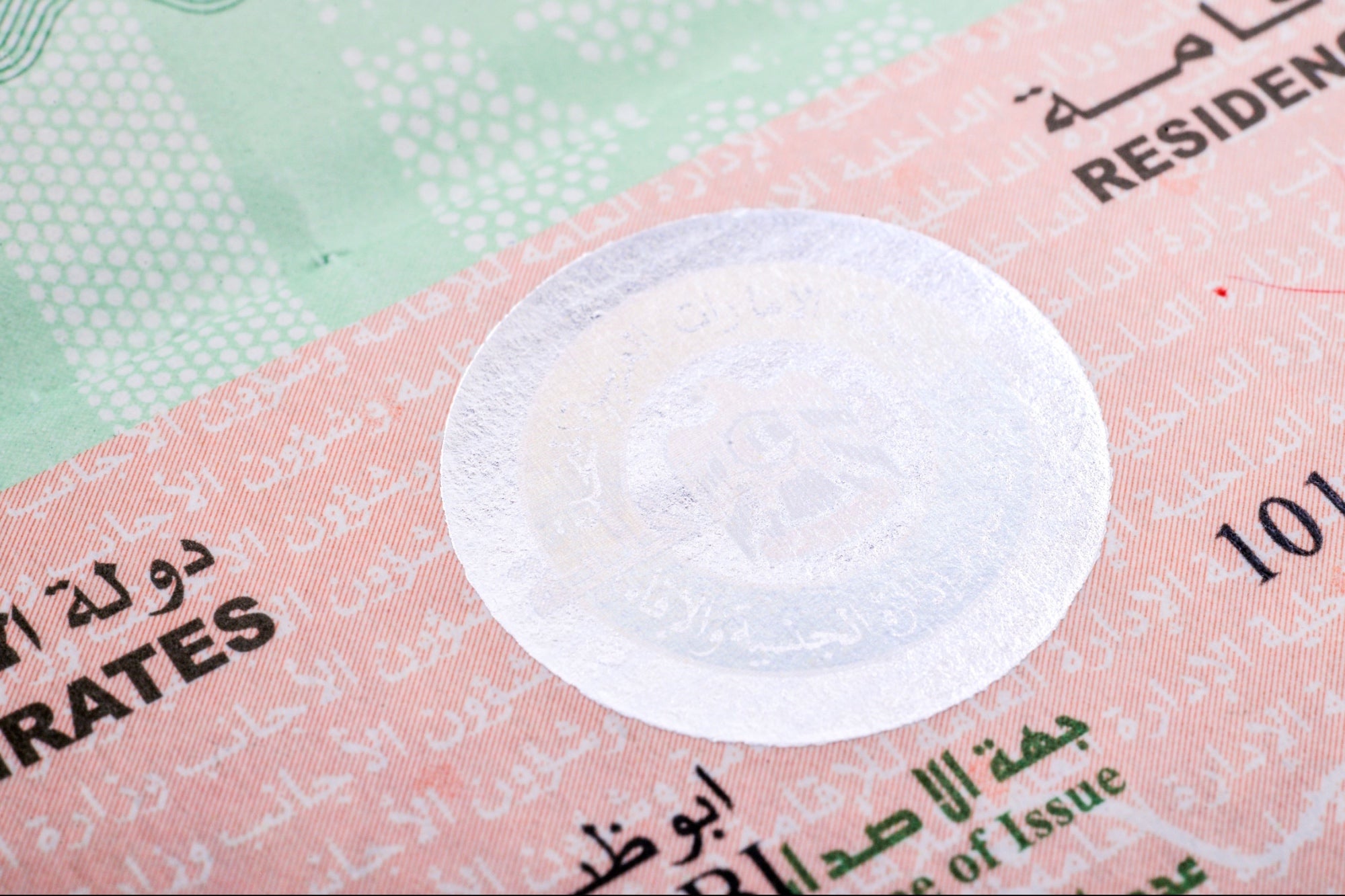The Art Behind the Precision: In Conversation with Marco Grassi Grassi's hyper-realistic yet transformative portraits often capture moments of metamorphosis—where human figures merge with nature—exploring themes of change, beauty, and resilience.
Opinions expressed by BIZ Experiences contributors are their own.
You're reading BIZ Experiences Middle East, an international franchise of BIZ Experiences Media.
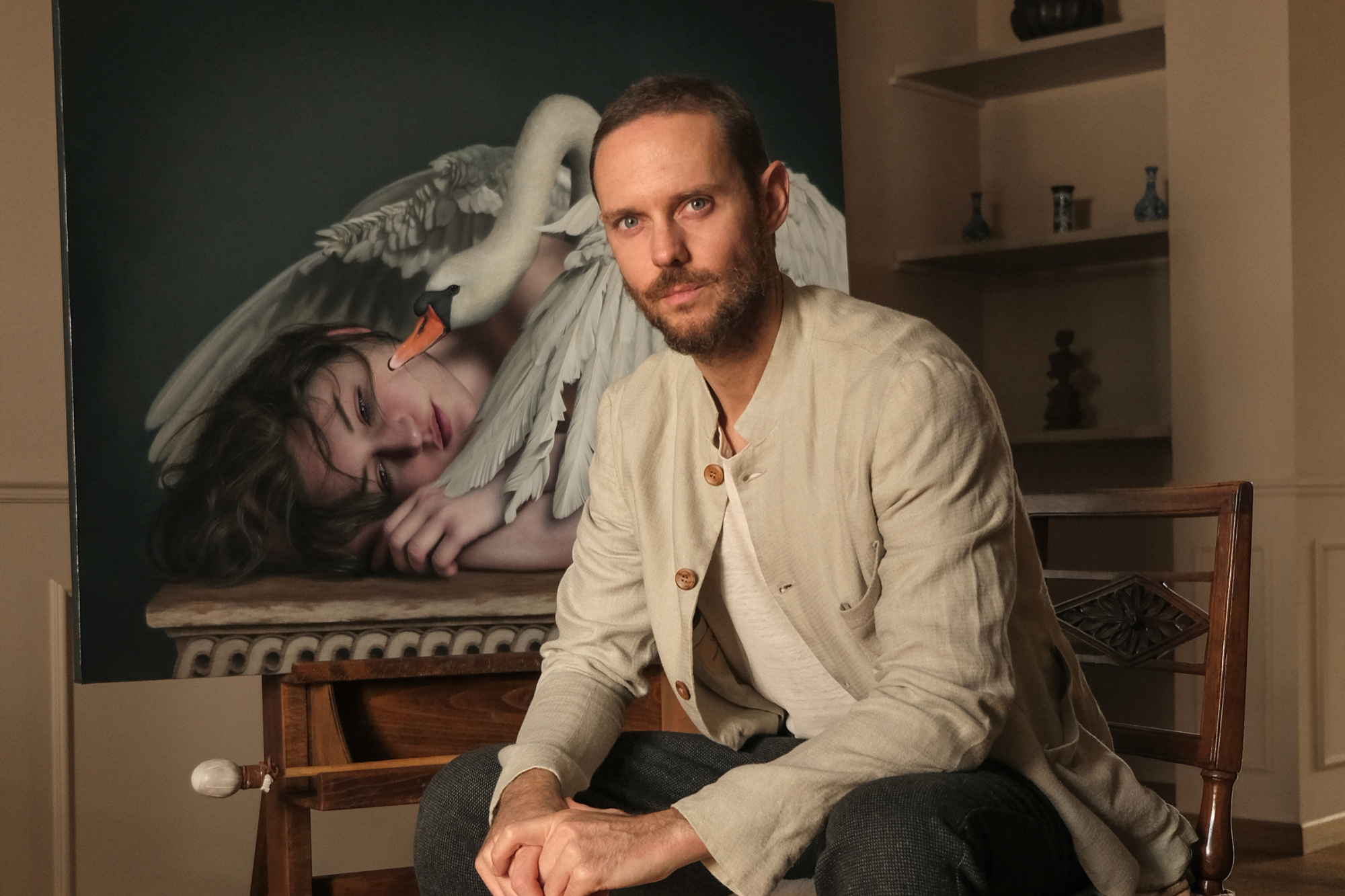
Marco Grassi is an Italian painter rooted in the traditions of old masters and Renaissance techniques, notably the soft "sfumato" transitions, which he seamlessly updates for the 21st century.
His hyper-realistic yet transformative portraits often capture moments of metamorphosis—where human figures merge with nature—exploring themes of change, beauty, and resilience.
Grassi spoke exclusively with BIZ Experiences Middle East's Wissam Younane -- below are snippets of that conversation:
Your hyper realistic portraits feel alive—almost more vivid than real life. When did you first discover this was the artistic language that truly spoke for you? (to reflect on when your visual identity took shape)
"In the beginning, I wasn't driven by a specific goal, but I was captivated by the great painters of the past; what guided me most was the desire to be like them, to master the art of colour just like those artists whose artworks I always saw in fine art books. At the same time, I was incredibly excited to create something of my own, something that felt truly mine. At first, I simply painted. It was an instinctive act, something that flowed naturally. I think I was always inherently drawn to painting. That said, my early works weren't particularly meticulous nor hyperrealistic. Some elements, like faces, were quite blurred. With each painting, I gradually moved closer to my current style, without consciously aiming for it, just enjoying the process along the way."
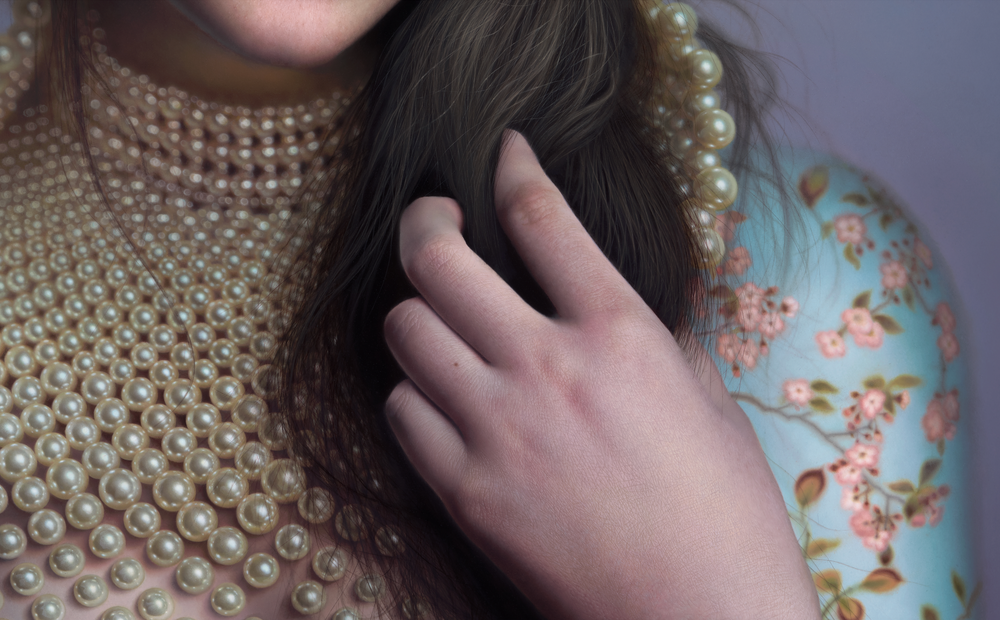 Details of "Mother of pearl" by Marco Grassi. Image courtesy Marco Grassi
Details of "Mother of pearl" by Marco Grassi. Image courtesy Marco Grassi
Your work blurs the line between precision and emotion. What drew you to hyper realism, and what does it allow you to express that other styles couldn't? (To understand the deeper why behind your artistic choice.)
"Although I didn't have a specific style in mind when I started, I was always drawn towards figurative painting. From a very young age, I was immersed in Italy's rich cultural tradition, museums, exhibitions and art fairs, which sparked a lasting love for Old Masters, especially from the late Renaissance and Baroque periods. I've spent years studying these painters, helped greatly by my family's extensive fine art library.
I've always dreamed of reaching their level of mastery. There are artists from that historical period who continue to move me profoundly, no matter how many times I've seen their work. More than realism itself, what captivates me is the quality of the piece and the emotions it awakes in the viewer. My goal has always been to create timeless art, one that's as far removed as possible from passing trends or fleeting styles. For me, pursuing the highest level of painterly excellence is the truest way to express who I am. No other style resonates so naturally with my personality…so the choice was simple."
Hyperrealism requires extreme discipline and patience. What mental and emotional space do you need to enter in order to create at that level of intensity? (To uncover the process behind the perfection.)
"I feel like I have no right to complain: working in the arts is an immense privilege. That said, there are moments when painting becomes exhausting. The level of concentration remains exceptionally high and sustained throughout the day, particularly during the final stages of execution. Seeing very slow progress over the course of months can be challenging. In those times, it's important to remind myself of the excitement I felt at the beginning of the project, and to keep the final result in mind. Many people might think that creating art is a disorganized or chaotic process. I see it differently—I like to have a clear plan in place. I try to visualize all the steps that need to happen to complete the painting, and that structure helps make the process feel less overwhelming."
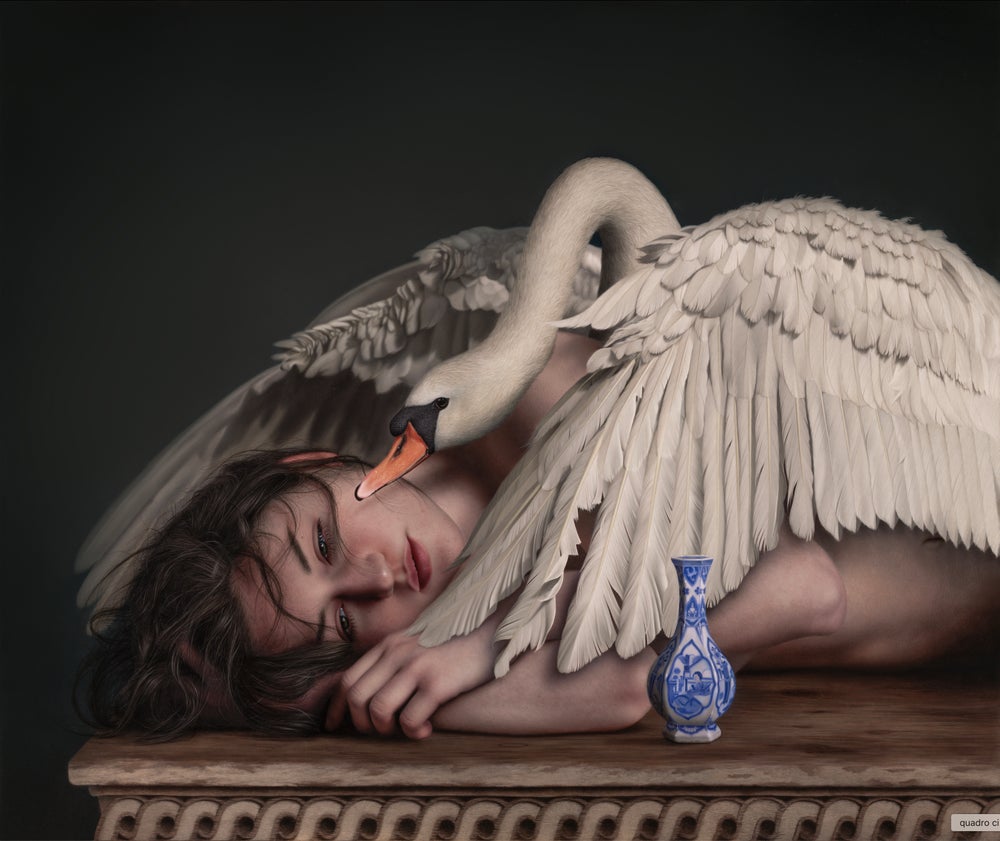 "Ethereal embrace" by Marco Grassi. Image courtesy Marco Grassi
"Ethereal embrace" by Marco Grassi. Image courtesy Marco Grassi
Were there moments early in your career when people didn't take your work seriously—or didn't understand your direction? How did you keep pushing through the doubt? (Exploring resilience in the face of external scepticism)
"Unfortunately, at the beginning of an artistic career, our work is often underestimated and not given the recognition it deserves. When I was younger, people would frequently ask if I had another job besides being an artist, or whether it was truly possible to make a living from painting, as if the idea itself were somehow unrealistic.
I appreciate the question, as it gives me a chance to reflect on something important. Art is a deeply human activity, and its value in society is often overlooked or taken for granted. Yet art is not only something to be enjoyed. It's something that must be protected and supported.
Just imagine, even for a moment, a world without art: no books, no museums, no music, no films, no architecture, no dance, no theatre… no creative expression at all. I don't think anyone would want to live in a world like that.
Personally, I've never had any doubts. I would have continued painting regardless of whether I ever built a career as an artist. Of course, the path would have looked different from what it is today, but for me, art, painting especially, goes far beyond recognition or success."
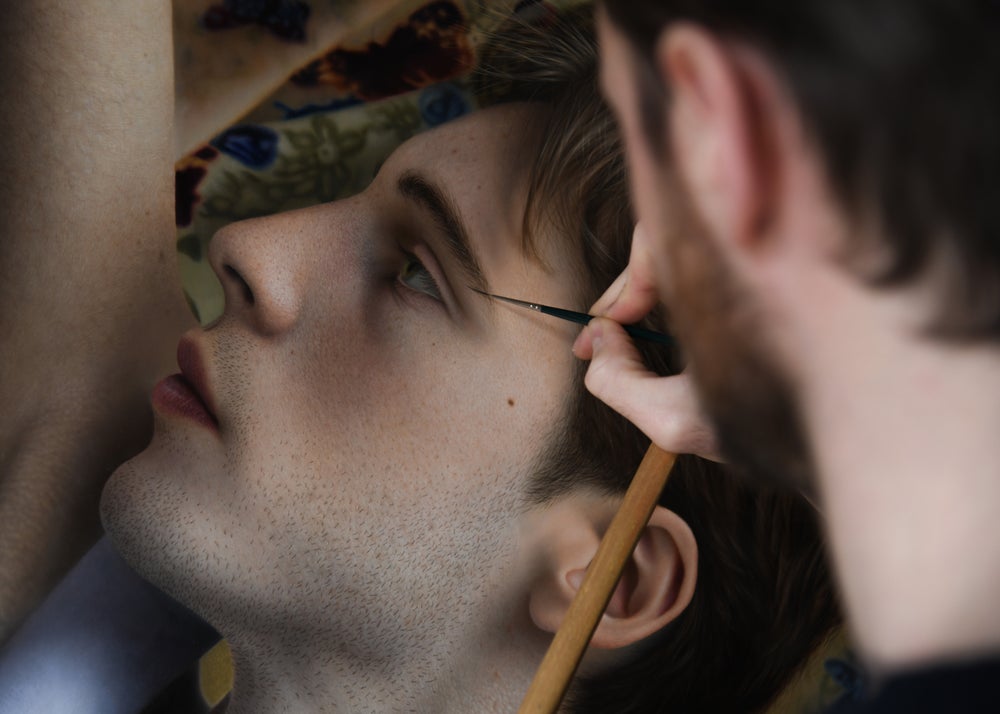 Details of "Paradox of evolution" by Marco Grassi. Image courtesy Marco Grassi
Details of "Paradox of evolution" by Marco Grassi. Image courtesy Marco Grassi
Has any piece you created taken more from you emotionally than others? One that felt like you left a part of yourself in it? (To reveal the deeper stories hidden behind specific artworks)
"The most challenging was probably the painting "Breathe", which I feel especially connected to. It required more research and effort than any of the others. Planning alone took months, and the execution stretched over nearly two years.
What makes it even more meaningful for me is the message it carries: a powerful reflection on the connection between humans and nature, touching on anthropocentrism and envisioning an imagined future where the nature we know today fades away, replaced by artificial vegetation.
It reflects on humanity's role on this planet and the intertwining between the natural world and the artificial one. The work underlines how we are progressively detaching ourselves from the rhythms of nature, stepping instead into a reality that is increasingly synthetic, constructed, and mediated by technology."
What were some of the hardest lessons you learned—not just about technique, but about the art world, building a name, and protecting your vision? (try to Bring out the behind-the-scenes reality most people never see.)
"At the beginning of my career, I encountered several obstacles. One in particular stands out in my memory. I was 25, and I had only been painting for a few years, but I was already starting to gain some recognition. However, I soon realized that not everyone was rooting for me. Some people, especially within the art world, including artists and art critics, were spreading falsehoods and casting doubt on my paintings. They claimed my works weren't genuine, arguing that it simply wasn't possible to paint the way I did. Although now I take it as a compliment, it was very challenging at the time. Especially because I was young, and nobody prepared me for anything like that. It sounds crazy, but in order to prove that my artworks were real paintings from start to finish, I provided the results of various analyses (such as UV fluorescence examination, infrared reflectography, and X-radiography). I also started creating work-in-progress videos to show the process behind each new painting. I had hoped for support, especially from those who had been in the field longer than I had. I felt failed by some members of the artistic community, which tried to shut down my career before it even began. To all emerging painters: the path won't always be smooth, and not everyone will support you. But don't get discouraged: keep creating, no matter what."
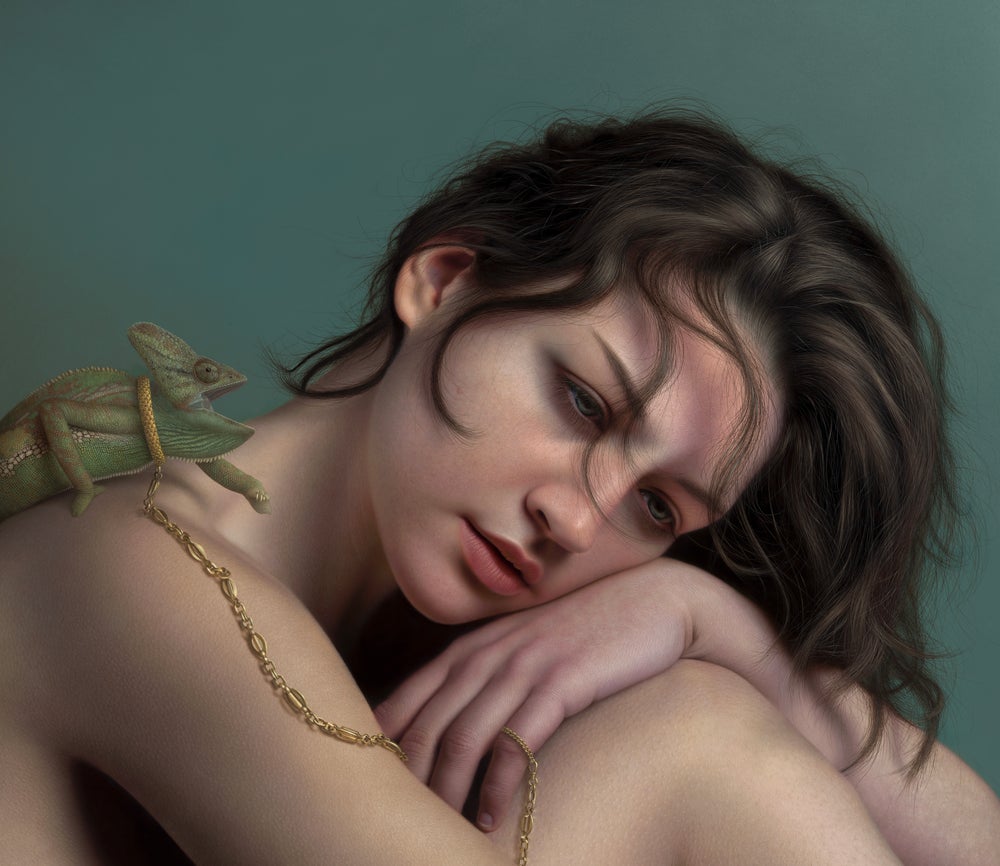 "Captivity" by Marco Grassi. Image courtesy Marco Grassi
"Captivity" by Marco Grassi. Image courtesy Marco Grassi
People see the flawless result, but rarely the long nights, the failed attempts, or the moments of frustration. What does the road to a single finished piece really look like for you? (To Humanize the technical brilliance)
"You summed it up pretty well! Especially in the early years as a painter, I went through many moments of frustration and sometimes I felt mentally drained. Since I have never been formally trained in painting, I had to find my own way of learning. I had some gaps in my knowledge, particularly in areas like the choice of materials and composition. This meant I had to learn it on my own, working intensely, often late into the night, constantly experimenting and learning from my mistakes. There were many times when I changed the composition along the way, completely erasing entire sections and redoing them from scratch. Over time, I've become much better at planning my paintings in advance, so I haven't made major mistakes in recent years.
When painting in such a highly realistic style, everything must appear coherent and balanced. The margin for error is minimal, which makes every step of the process more challenging. Many people focus solely on the level of detail, but that's just the visible outcome of a much deeper effort happening behind the scenes."
Your portraits seem to hold unspoken stories. What are you trying to evoke in the viewer when they meet the eyes of your subjects? (To dive into the emotional intention behind your work)
"Through the eyes, or more accurately, through the presence of the subject in its entirety, I seek to build a bridge, an emotional connection with the viewer. My goal is to invite them into the work. The feeling I try to evoke varies from painting to painting. Sometimes it's a sense of longing for something undefined, other times it's sadness or quiet reflection. The possibilities are endless. To me, art is not just a mean of communication, but above all, a way to move, to stir something deep within those who observe. What I fear most isn't criticism, it's indifference."
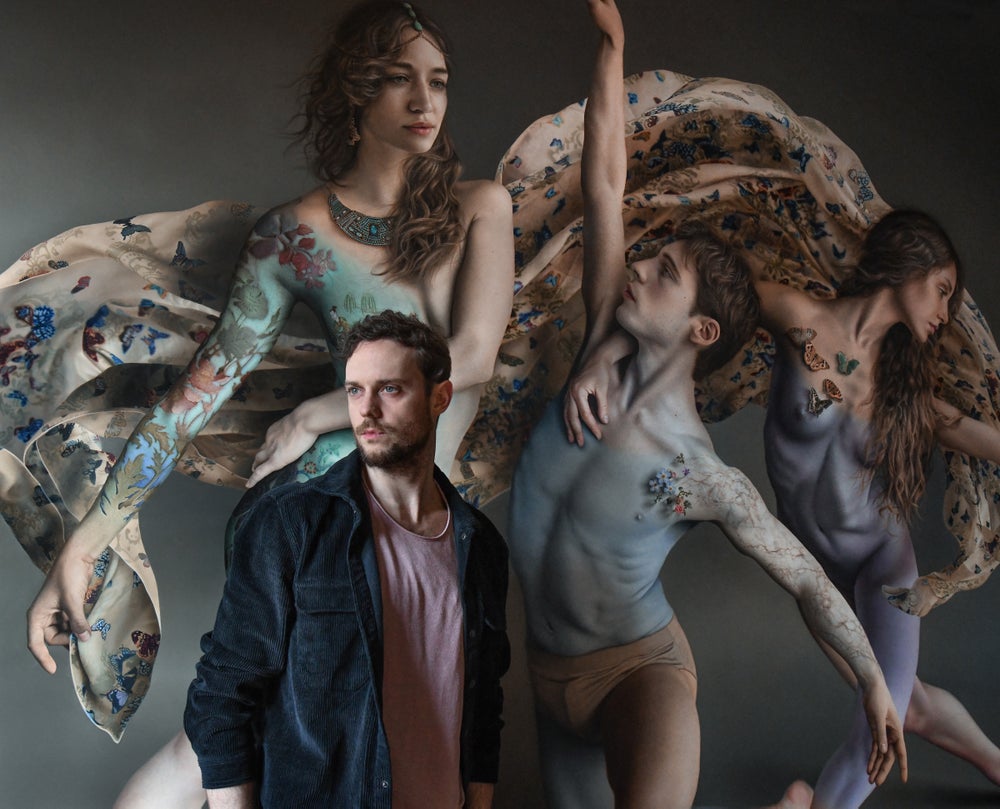 Image courtesy Marco Grassi
Image courtesy Marco Grassi
What advice would you give to emerging artists who are obsessed with technique but still struggling to find their emotional voice in their work? (A chance to mentor from your own experience)
"I would say that technique is usually the foundation of all artistic work, across different styles and disciplines. Understanding the materials, as well as the rich tradition of artists who came before us, is very important. If you're struggling to find your own voice, try to focus on what truly matters to you. It could be a clear political or social message or simply finding peace through colours and textures—it doesn't matter. Create, paint, sculpt, express your soul, and your technique will improve along the way. Don't obsess over perfection. It's totally fine to draw inspiration from those you admire, to look for ideas, but what you create should ultimately be your most genuine and personal expression. Be authentic and communicate what you truly care about. Little by little, the path will become clearer and easier to follow."
After everything—success, mistakes, sacrifices—what drives you today? What keeps Marco Grassi painting?
"The passion I felt from day one is still very much alive. Painting brings me immense joy. It's my personal refuge and a form of self-therapy. Even though it's now my profession, I still genuinely love creating, and I know I'll never give it up."
What would you like to tell your Dubai Fans and when can we expect you in the United Arab Emirates?
"Many people from the UAE follow my work, including a few collectors. It still surprises me, in the best way, to know that my work resonates with people so far away. It would be a true honour to one day hold a major exhibition in Dubai, to meet those who have supported me for so long and to share my art with a new audience. I've sensed an authentic enthusiasm among my followers there, especially for a type of art that is becoming increasingly rare. There is a real appreciation for quality, and I'm so grateful for that."


